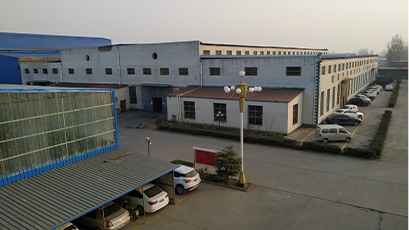Cost Comparison of Front and Rear Brake Replacement Services for Various Vehicles
Understanding the Costs of Front and Rear Brake Systems
Brake systems are essential for the safe operation of any vehicle, and understanding the costs associated with front and rear brakes is crucial for car owners. The effectiveness and reliability of brakes depend on their condition, and neglecting brake maintenance can lead to hazardous situations. This article will discuss the various factors influencing the cost of front and rear brakes, including parts, labor, and additional considerations.
Breakdown of Brake System Costs
1. Parts Costs The primary components of any brake system include brake pads, rotors (discs), and calipers. For front brakes, which usually endure more stress due to the weight distribution of a vehicle during braking, the cost of parts can be higher than for rear brakes. On average, front brake pads can cost between $100 and $300 for a complete set, while rear brake pads range from $70 to $200.
Rotors also vary in price, typically ranging from $50 to $150 each for front rotors, and about $50 to $100 for rear rotors. Calipers, though less frequently replaced, can add another $100 to $300 to the total cost if necessary. Depending on the vehicle make and model, these prices can fluctuate, highlighting the importance of consulting a trusted mechanic.
2. Labor Costs Labor costs can significantly influence the overall expense of brake servicing. Most automotive repair shops charge between $75 to $150 per hour, with a complete brake replacement job typically taking 2 to 3 hours. Thus, labor can cost anywhere from $150 to $450 or more, depending on the complexity of the job and hourly rates in your area.
3. Additional Services Often, when replacing brakes, other related services may be recommended. For instance, a brake fluid flush, brake line inspection, or even a wheel alignment might be necessary. These additional services can add $50 to $150 to the total bill and are often worth the investment to ensure optimal braking performance.
front and rear brakes cost

Front vs
. Rear Brake CostsWhile front brakes usually cost more to maintain than rear brakes, the disparities can also be attributed to the type of vehicle and its usage. Sports cars, for instance, may require high-performance brake components which can significantly increase cost. In contrast, standard sedans or compact cars might not experience as much wear and tear, resulting in lower maintenance costs.
In general, it’s advisable to replace brakes in sets—both the front or both the rear—since the brake system is designed to work harmoniously. Replacing only one set can lead to unbalanced braking performance, which can compromise safety.
DIY vs. Professional Service
Some car owners opt for DIY brake replacement to save on labor costs. However, this approach requires a sound understanding of automotive systems and safety precautions. For those without experience, hiring a professional is recommended, as improper installation can lead to brake failure or accidents.
Conclusion
The costs associated with front and rear brakes are multifaceted, encompassing parts, labor, and potential additional services. Recognizing the importance of regular brake maintenance and timely replacements can ensure both safety and cost-effectiveness in the long run. Vehicle owners should always consult with certified mechanics to gauge the condition of their brake systems and plan for future repairs accordingly. By investing in reliable brake maintenance, you’re not just preserving your vehicle; you’re safeguarding your journey on the road.
-
The Power and Reliability of Brake DrumsNijsAug.27,2025
-
The High-Quality Truck Brake DrumsNijsAug.27,2025
-
Quality Brake Drums for Reliable PerformanceNijsAug.27,2025
-
Get the Quality Semi Trailer Brake Drums for Your FleetNijsAug.27,2025
-
Everything You Need to Know About Brake DrumsNijsAug.27,2025
-
Enhance Your Vehicle's Performance with Reliable Brake DrumsNijsAug.27,2025
-
Truck Drum Brake Spring Replacement ProcedureNijsAug.22,2025


